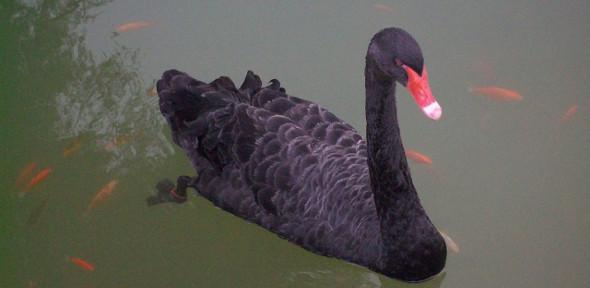
A 'black swan' is the toxic effect of a compound which could have been predicted in hindsight
The first project of the Cambridge Alliance on Medicines Safety will be a three-year collaboration to predict the safety of current and future medicines.
Members of the Bender, Colwell and Goodman research groups, all located in the Department of Chemistry, will work together to analyse data to determine the links between a compound's structure and its potential adverse effects when used as a medicine. The project focuses on "Black Swans", which are the toxic effects of compounds which could have been predicted in hindsight.
Up to now, this type of data analysis has been difficult to perform because of the lack of available data, both in quality and quantity. Now the researchers will not only have access to public sources, but also to the historical compound profiling data held by GlaxoSmithKline, which has funded the three-year project.
The team will examine the data using high throughput screening techniques and mathematical analyses to derive Adverse Outcome Pathways (AOPs), which reveal the links between compounds and their adverse effects. "Currently, this step is difficult to perform due to paucity of data as well as many AOPs not being sufficiently quantitative in nature, which is what the current project aims to improve upon," said Dr Andreas Bender, one of the group leaders. He expects other major pharmaceutical companies to join the project, which will provide even further data for analysis.
The Cambridge Alliance on Medicines Safety is part of the Cambridge Academy of Therapeutic Sciences (CATS), which has been operational since March 2017. CATS aims to connect industry and academic expertise to drive therapeutic development. It spans across disciplines in the University, as well as teaching and research aspects related to drug discovery and development.
